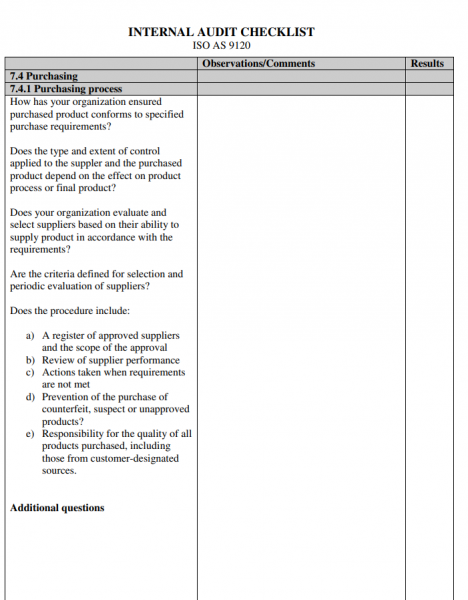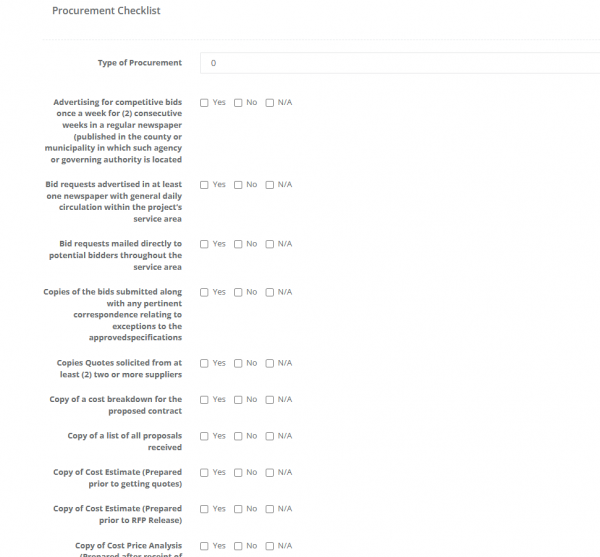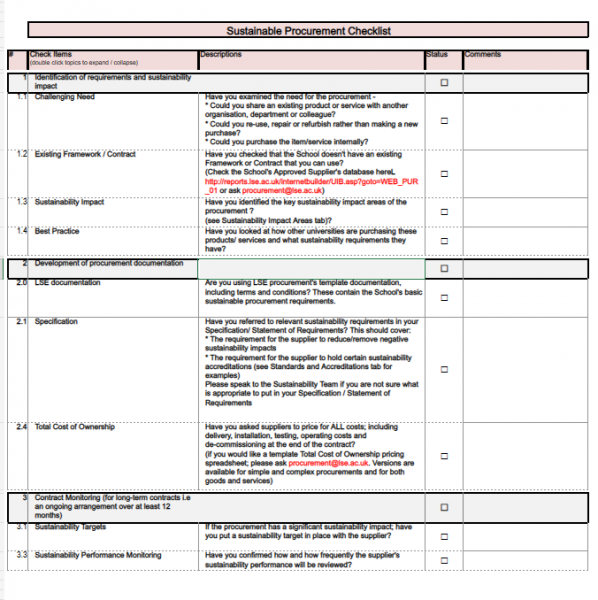A procurement audit template is a method in project management that evaluates the performance of the supplier based on the contract. This performance can include the quality of the products or services supplied, the price, the delivery time, the level of customer service, and other factors.
The procurement audit can be used to identify any areas where the supplier is not meeting the terms of the contract, and to make recommendations for improvement.
What is a procurement audit and investigation?
The procurement audit method can be used to assess whether the supplier has delivered the goods and services as agreed in the contract. The audit can be conducted by an external auditor or by the project manager.
This audit can be conducted at any stage of the project, but it is typically done at the end of the project to assess the final results.
Procurement Audit Checklist iso 9001
The audit team will usually review the project documentation, interview project team members, and visit the project site to observe the work. Based on their findings, the audit team will prepare a report that includes their recommendations for the future.
For example, it can be quite useful to:
- Ensure compliance with regulations
- Optimize the procurement process
- Improve supplier relationships
- Reduce procurement costs
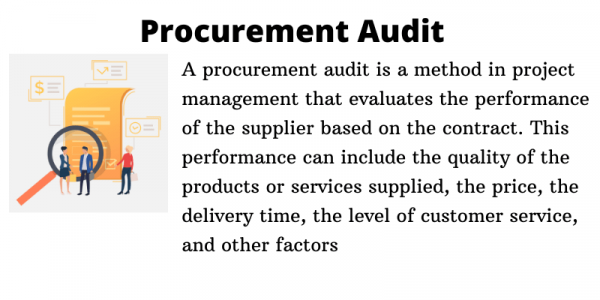
Procurement audit in project management
This document audits all aspects of the procurement process, from vendor selection to contract negotiation to project execution. This documentation is critical in ensuring that the procurement process is efficient and effective.
The main objectives of a procurement audit are to ensure that the supplier has fulfilled their contractual obligations, to assess the quality of the products or services received, and to identify any areas of improvement.
Procurement Audit Template Excel
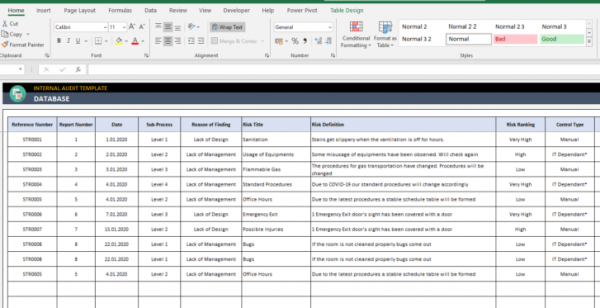
Characteristics of Procurement audit
The procurement audit checks the following:
- Whether the supplier has met the contract requirements
- Whether the goods and services meet the quality standards
- Whether the supplier has adhered to the delivery schedule
- Whether the supplier has followed the payment terms
The audit can be conducted at any stage of the project, but it is typically done at the end of the project to assess the supplier’s performance.
Online Procurement Template Form
Identifying areas of improvement
During the audit, the project manager can identify areas of improvement in the procurement process, such as document control, supplier selection, and contract management. By identifying these areas of improvement, the project manager can take steps to improve the procurement process in future projects.
- The need for better communication between the supplier and the project team
- The need for a more streamlined procurement process
- The need for better documentation of the procurement process, like the clarity of the RFP and scope of work
- The need for an improved supplier selection process and management evaluation criteria
- The need for a better contract management process
When done correctly, procurement can help to ensure that a project stays on budget and on schedule. However, it can also be a source of cost and schedule overruns if not managed properly.
That’s why it’s so important to conduct a procurement audit, which is an assessment of the procurement process to ensure that it is efficient and effective.
Procurement Audit Checklist Step by Step
In order to produce an effective procurement audit report, you will need to follow a specific structure. This report should include:
Executive summary
It should give a brief overview of the report
An introduction
To provide background information on the procurement process
A description of the procurement process
The description of the procurement process should be clear and concise, outlining each step of the process.
An evaluation of the procurement process
This one should identify any areas of improvement and assessment of the compliance of the procurement process
Finally, recommendations for improvement.
Provide concrete suggestions on how to improve according to the findings you came across. By following this specific structure, you can ensure that your procurement audit report is concise and well-organized.
How do you perform a procurement audit?
As part of a project manager’s role, they may be required to perform a procurement audit.
This type of audit examines the policies and procedures that a company has in place for procuring goods and services.
The audit can help to identify any areas of improvement and make sure that the company is compliant with all relevant regulations.
If you are a project manager and need to perform a procurement audit, there are a few things you should keep in mind:
- First, you should be familiar with the company’s procurement policies and procedures.
- Second, you should identify any areas where there could be improvements
- And finally, you should make sure that the company is compliant with all relevant regulations.
What not to do when reporting a procurement audit document
During the documentation of procurement audit, project managers should avoid the following:
- Failing to document all relevant information
- Omitting key details from the documentation
- Including personal opinions in the documentation
- Speculating about the reasons for audit findings
- Losing objectivity during the audit process
FAQs on Procurement Audits
What is a procurement audit?
A procurement audit report is a document that provides an evaluation of an organization’s purchasing procedures and practices. It is typically used by management to make decisions about how to improve the efficiency and effectiveness of the procurement process.
When is the Procurement audit performed?
The audit can be conducted at any stage of the project, but it is typically done at the end of the project to assess the supplier’s performance.
What is the purpose of the procurement checklist?
To guarantee that internal protocols are followed and associated with a reduced risk or even rejection of the procurement.
What is a procurement auditor?
Procurement auditors are independent contractors who review an organization’s procurement process to ensure compliance with regulations. They also assess the efficiency of the process and make recommendations to improve it.
What are the reasons for the procurement audit?
Conducting a procurement audit can be a complex and detailed process, but it is important to ensure that the procured goods or services meet the required standards and that the procuring organization is getting the best value for its money.

